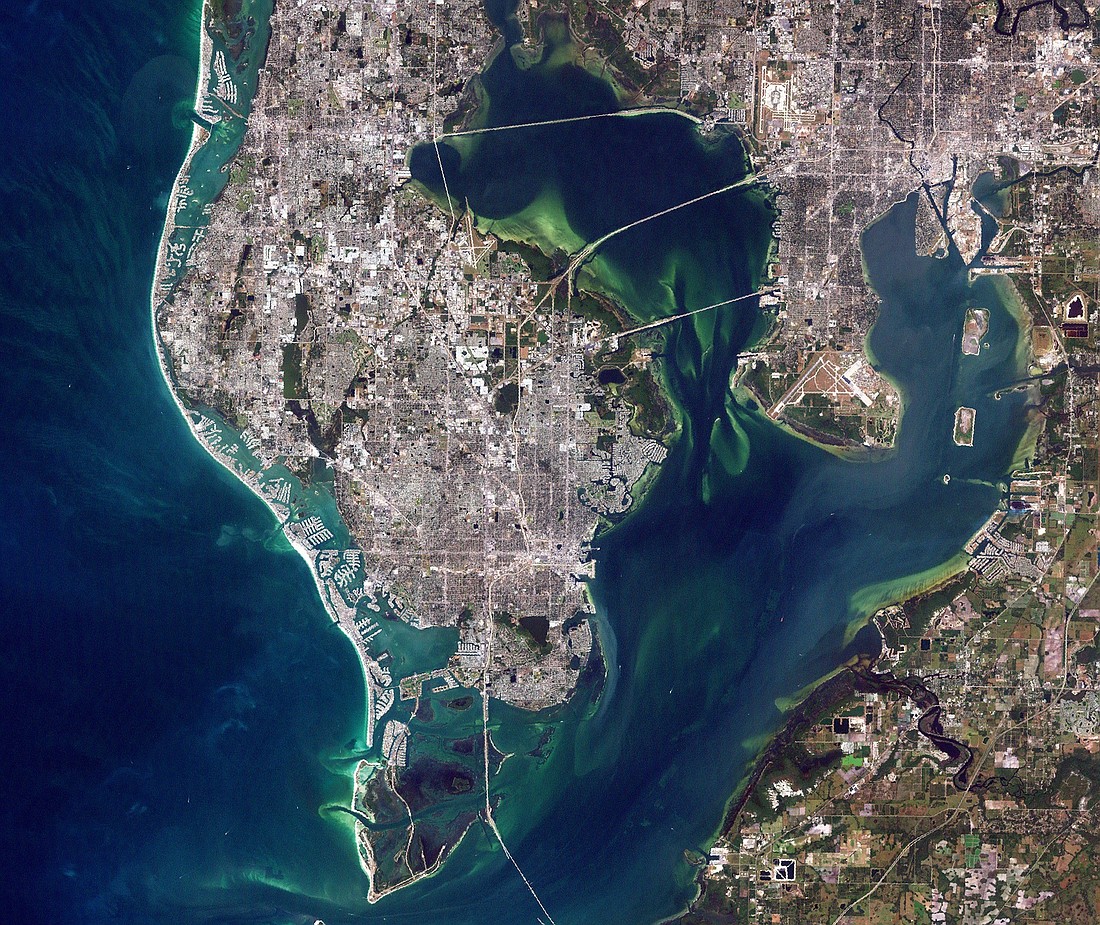Causes of the devastating red tide that took a bite out of Gulf Coast tourism revenues last year are more complicated than first thought, according to new findings by University of South Florida researchers.
Originally blamed on runoff of land-based fertilizers, the presence of Karenia brevis, the red tide algae that kills fish and causes human breathing problems, was exacerbated by natural circulation of Gulf of Mexico waters, the researchers reported in an article published in the Journal of Geophysical Research-Oceans.
In a press release, USF says its marine scientists, aided by the Florida Fish and Wildlife Conservation Commission, made the discovery by manipulating offshore nutrient levels.
They found that if nutrient levels offshore are high in spring because of the upwelling of deeper ocean waters, then there tends not to be major red tide blooms along the shoreline in fall. Such upwelling did not occur in winter and spring 2018, allowing a new bloom to form offshore in spring and summer 2018. An upwelling circulation occurred toward the end of July, the researchers found, which ensured the newly formed bloom would be carried to the coastline along the bottom, where it reinforced what had already been in place from 2017.
In early September, Tropical Storm Gordon made matters even worse, disrupting the upwelling and allowing the algal bloom to spread northward, the release states. That led to the rare occurrence of Karenia brevis along both coasts and the Panhandle.
“This further demonstrates that the ocean circulation is the major determinant of Florida’s Karenia brevis harmful algae blooms, dispelling the myth that land-based fertilizers are to blame,” states Robert Weisberg, a distinguished professor of physical oceanography at USF, in the release. “While pollutants can exasperate an existing red tide, they are not the root cause.”






